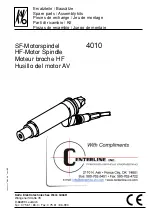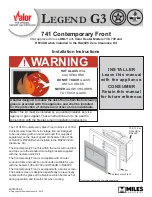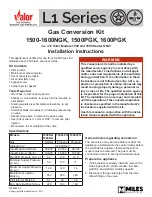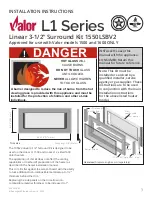
7. M
AINTENANCE
H
I
R
OLLER
- B
ELT
C
ONVEYORS
7.2. B
ELT
T
RACKING
G
UIDE
H
I
R
OLLER
, M
INI
R
OLLER
, L
O
R
OLLER
& H
I
L
IFE
86
P115506 R3
Figure 7.1
H
EAD
& T
AIL
P
ULLEYS
Belt tracking is adjusted at the head and tail pulley by changing the position of
the pulleys. This can be done with two different adjustments:
1. The tail pulley can be adjusted to a limited degree to train the belt by using
the belt tensioning take-up rods. This adjustment is very limited to the
amount of side slide in the telescoping take-up boxes. Observe the belt
tracking through the inspection door above the tail pulley.
• If the belt runs to one side, tighten or extend that same side.
2. The head and tail pulleys can be adjusted by changing the number of shims
under each bearing. Bearings on the head and tail shafts have a shim pack.
Belt tracking can be adjusted by changing shims.
• See Figure 7.2. If the belt is tracking in the direction of "A", the end of the
pulley should be moved in the direction of "C" by removing a shim. If the
belt tracks to "B" side, the pulley end should be moved in the direction of
"D" by removing a shim. Opposite end and opposite direction adjustments
can be made if required. Shims can be removed from one side and added
to the other.
Note:
• It is important to allow the belt to make at least three full revolutions to deter-
mine where the belt is tracking before making adjustments.
• The addition of fine dust under and on top of the belt during installation is very
important. This material will reduce stickiness on belt and idlers.
• The belt must be operated empty and full for as long as possible before it is
determined that tracking adjustments are required.
WARNING
To prevent serious injury, never place hands
or tools through door opening. Observe belt
through inspection door.
















































